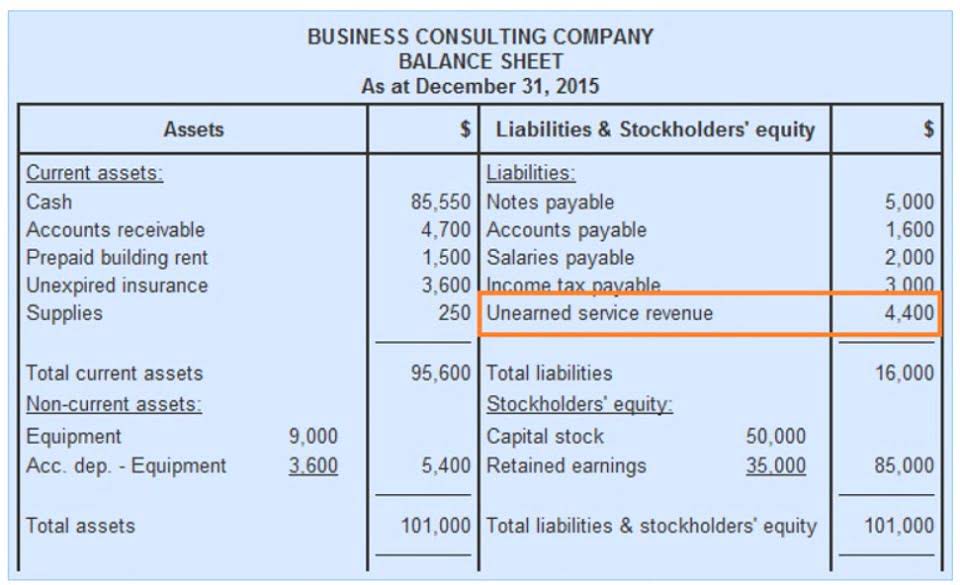
Length of a company’s operating cycle is an indicator of the company’s liquidity and asset-utilization. Generally, companies with longer operating cycles must require higher return on their sales to compensate for the higher opportunity cost of the funds blocked in inventories and receivables. The figure helps assess the liquidity risk linked to a company’s operations.
#7 Financial Statements

It considers all the factors that impact the cash, including time of holding inventory, collection of the receivables, and time is taken to pay off the cash to the suppliers. So, a payment factor to the suppliers is added in the calculation of the cash conversion cycle. And they both are known to provide you with the amount of time business takes to manage cash.
Accounts
At the end of an accounting period, before financial statements can be prepared, the accounts must be reviewed for potential adjustments. The unadjusted trial balance is a trial balance where the accounts have not yet been adjusted. The trial balance of Big Dog Carworks Corp. at January 31 was prepared in Chapter 2 and appears in Figure 3.4 below.
- Operating period (also called operating cycle) is the cycle of business activity in which cash is used to buy resources that are converted into products or services and then are sold for cash.
- Increasing a company’s efficiency frequently leads to higher profitability.
- A firm with fat margins will require more financing to grow at even a modest rate and might have an unusually lengthy operational cycle.
- When a business trades, it purchases goods, holds them as inventory, converts them to a product for sale and sells them on credit, and finally it collects the cash from the sale.
- This would really be interesting and useful, if your business has longer operating cycle.
Pharmaceutical Company

A post-closing trial balance is prepared immediately following operating cycle the posting of closing entries. The purpose is to ensure that the debits and credits in the general ledger are equal and that all temporary accounts have been closed. This adjusting entry enables BDCC to include the interest expense on the January income statement even though the payment has not yet been made. The entry creates a payable that will be reported as a liability on the balance sheet at January 31. If depreciation adjustments are not recorded, assets on the balance sheet would be overstated. Additionally, expenses would be understated on the income statement causing net income to be overstated.
Integration between these tools can enhance your ability to manage and optimize your operating cycle effectively. bookkeeping Regularly reviewing and updating your tools can ensure that you have the most current solutions to support your financial management efforts. A low DSO suggests that your accounts receivable process is efficient, and customers are paying their invoices promptly. This helps maintain a steady cash flow, reduces the risk of bad debts, and ensures you have funds available for immediate use or investment.
Payment
This period reflects the efficiency of the company’s credit and collection policies. A longer collection period may indicate issues such as ineffective credit management or difficulties in collecting outstanding balances, which can negatively impact cash flow. Understanding the difference between these two concepts is crucial for effective financial Sales Forecasting planning and management. Calculating the operating cycle is a crucial step in understanding a company’s financial health.
Balance
The fifth of the accounting cycle steps is when the accounting specialist checks if the books balance and, if they don’t, make the required adjustments, which are tracked in a worksheet. You take another trial balance after making and recording adjustments to verify that the accounts are in harmony. It represents the entire process from purchasing raw materials to selling finished goods and collecting payment. By analyzing the operating cycle, businesses can gain insights into their efficiency, cash flow management, and overall financial health. An increased operating cycle can result from slower inventory turnover, longer times to collect payments from customers, or delays in paying suppliers. Issues like production delays, excess stock, or lenient credit terms can all contribute to a longer cycle, affecting cash flow.

Management
- A longer operating cycle may indicate potential issues, such as excessive working capital, inefficient inventory management, slow payment collection, or delayed payment to suppliers.
- Generally, companies with longer operating cycles must require higher return on their sales to compensate for the higher opportunity cost of the funds blocked in inventories and receivables.
- All figures are available as standard items in the statements filed by a publicly listed company as a part of its annual and quarterly reporting.
- If two companies have similar values for return on equity (ROE) and return on assets (ROA), investors may choose the company with the lowest CCC value.
- A company can also sell products on credit, which results in accounts receivable (AR).
- By focusing on optimizing these cycles, businesses can improve their cash flow, reduce the need for external financing, and enhance overall profitability.
In simple words, it’s the time between cash going from the business and cash being received by the business. To fully understand the accounting cycle, it’s important to have a solid understanding of the basic accounting principles. You need to know about revenue recognition (when a company can record sales revenue), the matching principle (matching expenses to revenues), and the accrual principle. Since there’s little to no delay in collection and inventory moves fast, the operating cycle is often just 1–2 weeks. Retail businesses thrive on quick inventory turnover and fast cash inflow. Due to the production process, the operating cycle tends to be longer in a manufacturing company.

Leave a reply